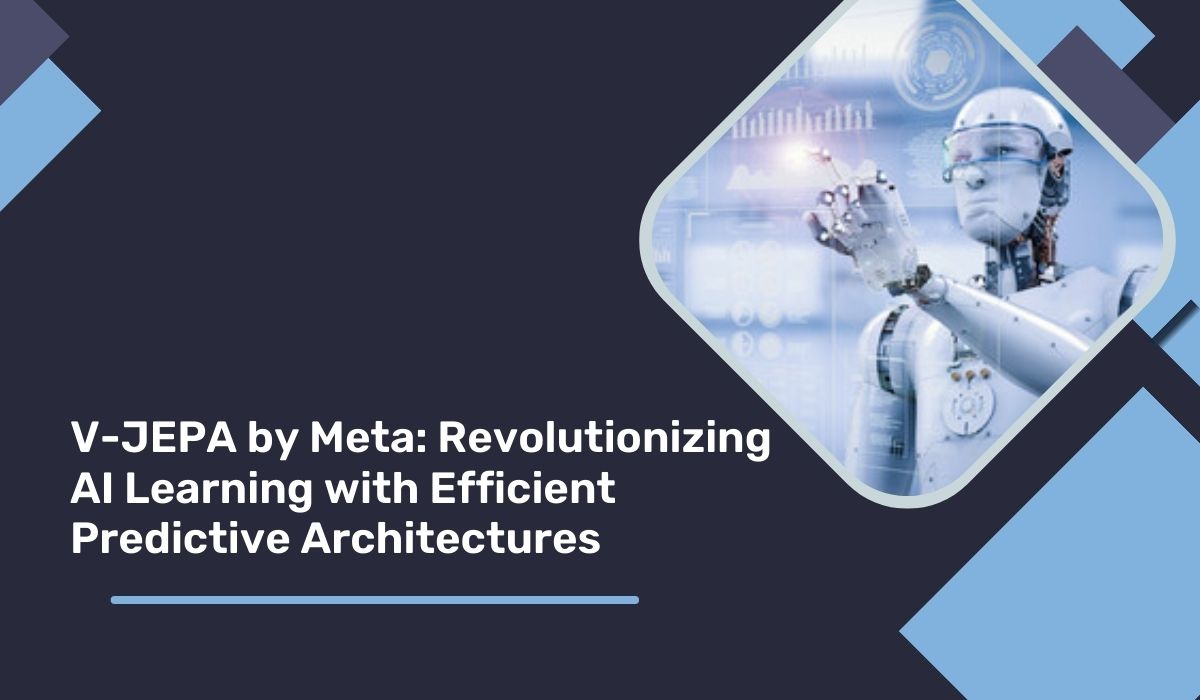
Meta has unveiled V-JEPA (Joint Embedding Predictive Architectures). Traditional methods of training AI machines have proven to be inefficient, relying on thousands of video examples and pre-trained image encoders, text, or human annotations for a machine to grasp even a single concept, let alone multiple skills. V-JEPA, described by Yann LeCun as a leap towards a more grounded understanding of the world, aims to enable machines to achieve more generalized reasoning and planning. The vision model is designed to learn concepts in a more efficient manner, drawing inspiration from how humans perceive and understand the physical world.
V-JEPA adopts a non-generative approach, learning by predicting missing or masked parts of a video through abstract representations of unlabeled images. Rather than focusing on pixels, the model is presented with a video containing a masked-out section, prompting it to provide an abstract description of the events occurring within that concealed space.A standout feature of V-JEPA, highlighted in Meta's research paper, is its exceptional efficiency in "frozen evaluations." Following self-supervised learning with extensive unlabeled data, the encoder and predictor do not necessitate additional training when acquiring new skills.
The pretrained model remains frozen, requiring only a small amount of labeled data and task-specific parameters for optimizing the frozen backbone when learning a new task. This capability of V-JEPA to efficiently learn new tasks holds promise for the advancement of embodied AI. It could prove instrumental in enabling machines to be contextually aware of their physical surroundings, empowering them to handle planning and sequential decision-making tasks with increased proficiency. The unveiling of V-JEPA marks a significant milestone in the evolution of AI-powered systems and their ability to interact meaningfully with the real world.